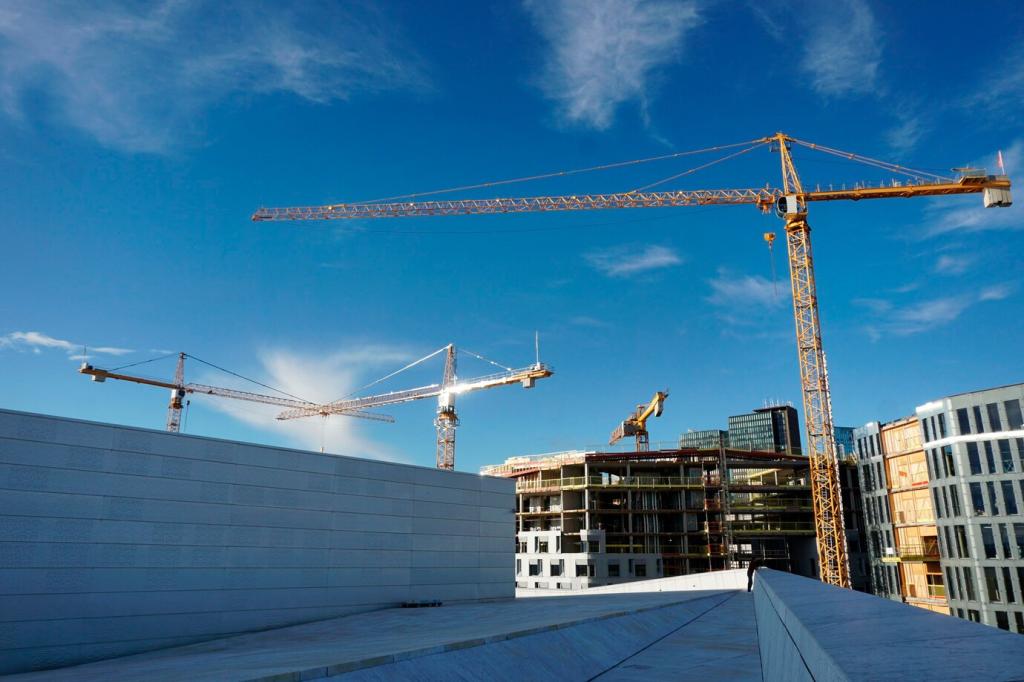Where to Invest, Where to Save in Materials
Structure, insulation, air sealing, and moisture management set the tone for durability and comfort. Upgrading the envelope often reduces energy use for decades. Factory-built modules can achieve tight tolerances—make sure specifications detail tape types, insulation levels, and verified blower-door targets.
Where to Invest, Where to Save in Materials
Choose durable but modest fixtures now, and plan easy swaps later. Hardware, lighting, and some surfaces can be upgraded without major disruption. Keep the bones strong and let cosmetics evolve with your style and budget. Share your phased-upgrade strategies with the community.




